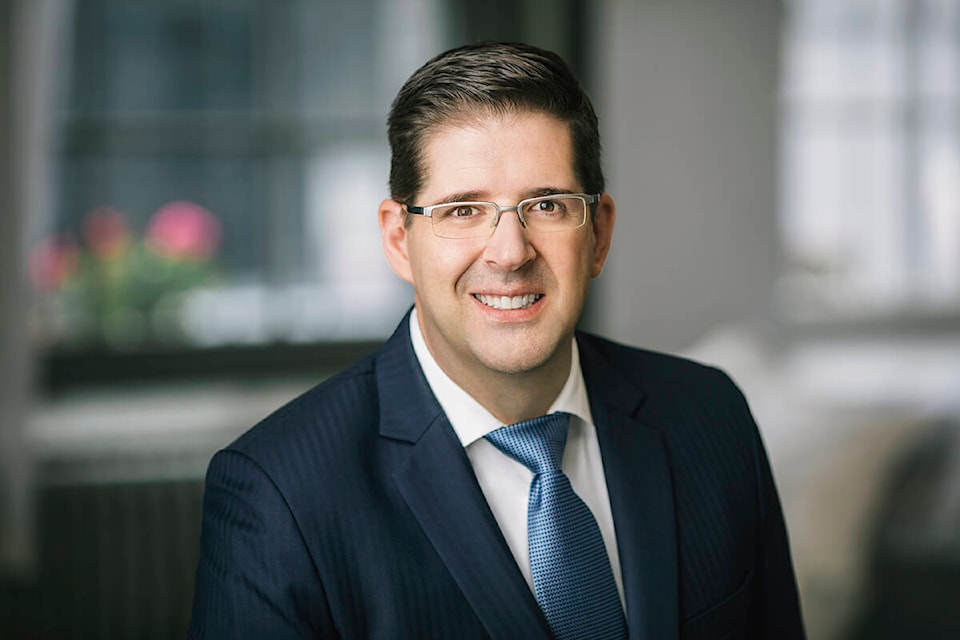When Senior Wealth Advisor Dave Lee talks about Tax-Free Savings Accounts (TFSAs) with a new client, he explains that it’s easier to think of it as a tax free investment account, not a savings account.
“The great advantage of TFSAs is that investments can grow and compound without tax on income, growth or withdrawals. As such, most investors are best positioned if they view the TFSA as an important part of their long term investment strategy, rather than a low-risk, low-return holding tank for their rainy day fund.”
Some investors get confused by the word savings in the account name, but many investors also under-utilize their TFSA because they consider them too small to have significance. When the program was first introduced in 2009, Canadians could only contribute $5000. Annual limits are not ‘use it or lose it,’ so cumulative contribution room can now be up to $81,500 for an individual and $163,000 for a couples. For many investors, it’s time to adjust the way a TFSA fits into their wealth strategy.
“There’s no tax on withdrawals from TFSAs, and on death, probate can be avoided if a beneficiary is named. If the beneficiary is a spouse, or more accurately, a successor annuitant, they can maintain the tax-free status of the investments for the rest of the survivor’s lifetime. Investment earnings inside TFSAs also don’t contribute to the calculations for Old Age Security (OAS) claw back,” Dave says. “It’s becoming an increasingly important financial planning and investment tool.”
How to use a TFSA
For young investors in relatively low tax brackets, a TFSA is a great place to start investing, while allowing RRSP contribution room to grow unused until they are in a higher tax bracket down the road. This enables them to start the compounding process in the TFSA while getting a larger deduction from RRSP contributions later.
For more affluent investors who’ve already maxed out both their TFSA and RRSP contributions, or who are now drawing an income from their investments in retirement, Dave says there’s another layer of thought that needs to be given to which investments are held in each account type. For example, investors who earn Canadian dividends in a TFSA cannot claim the dividend tax credit, so investments that produce this type of income are often best held in a taxable account, while it may be more suitable to hold investments that produce interest and foreign dividends in a TFSA.
“Older clients are often better off drawing RRIFs and other taxable accounts first, allowing the TFSA to keep compounding and growing until it’s potentially the last asset they have,” he says. “Those who don’t need RRIF income often shuffle some of that into their TFSA each year. Little by little their net worth shifts into a tax-free environment, and that eventually makes a big difference.”
TFSAs can be more flexible than RRSPs in some respects. You can withdraw savings from a TFSA at any time tax-free and replace the funds in the following calendar year without losing contribution room.
To discuss investments, life insurance, retirement planning, estate planning, generating income and minimizing your taxes, make an appointment with Dave Lee in White Rock. Call 604.535.4743 or email dave.lee@scotiawealth.com, and follow him on Facebook, Twitter and LinkedIn for more financial insights.
ScotiaMcLeod, a division of Scotia Capital Inc.
